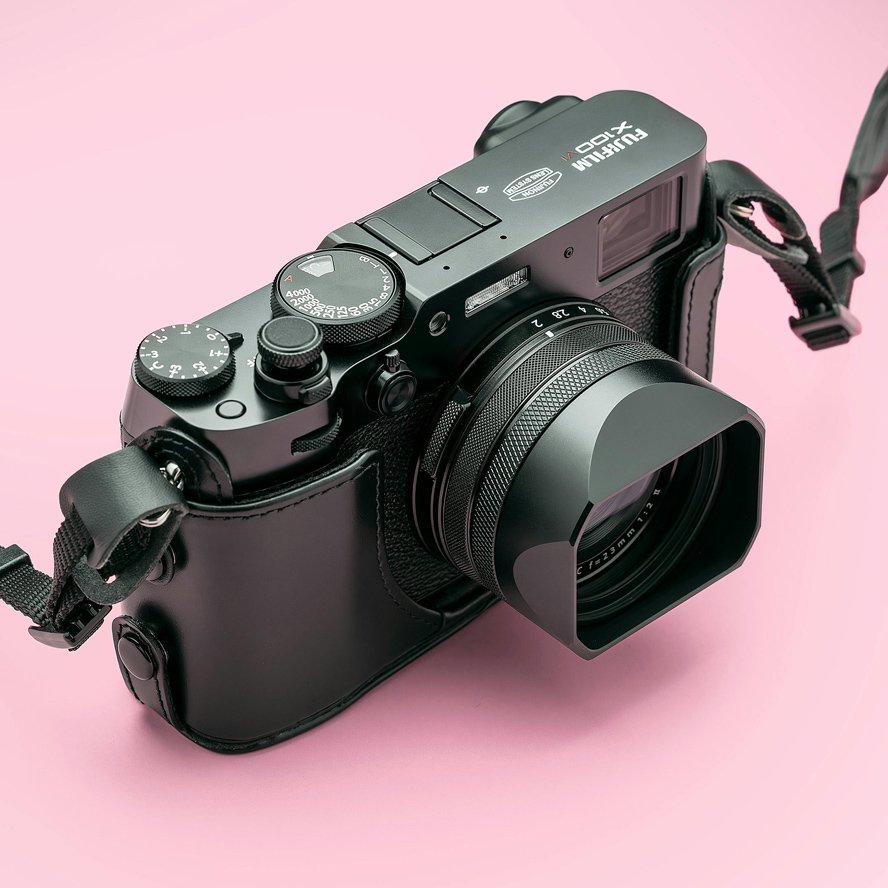When to Use Black and White vs Color
One of the trickiest things for a less experienced photographer to decide is when to go in black and white rather than color. There are no set-in-stone rules. Digital photography has dramatically simplified the decision because you can always convert an image into black and white from color in post-production. Let's take a closer look at when or how to convert black and white into color.
Sometimes an image looks better in color than in black and white but the reverse is, of course, correct. Black and white can add a certain level of depth and drama that color cannot always do. Then, there are those images that would feel lifeless in black and white because the colors are critical to the overall image. In many ways, whether you convert a picture comes down to a gut feeling as a photographer.
If you have an image you'd like to convert to black and white, here's how:
Lighting:
Lighting matters when you're shooting, no matter the color. However, if you're thinking of converting an image to black and white, then pay even closer attention to light. Sometimes backlighting is the finishing touch to a black and white photograph, so keep that in mind when setting up the shot if you think you might be converting it.
Timeless images:
Photography started out as black and white and, even in modern photography, a black and white image still recalls those classic portraits of years ago. Photography purists still prefer black and white for portrait art. Black & White Lightroom Presets today make it easier than ever to shoot something that you'd have a tough time knowing wasn't shot 50 years ago! If you want dramatic imagery, try converting it to black and white. You can always save it back.
Depth & drama:
A large part of the beauty of black and white imagery lies in its ability to convey emotion. It one reason it's known for drama and depth. The light and dark are stark and, yet, offer the depth needed for emotion. Try converting a powerful image like that of a someone crying or smiling into black and white. Do you feel or see it any differently when you remove the color? Do you need the color for the drama or do you feel it more powerfully without color?
Simplicity:
Black and white photography offers simplicity even without color. There's no color to distract. Instead, the mind is left to imagining the color as it was in reality. There is a certain elegance to the simplicity of the image, in great part because you are left to interpret the color.
Directing the eye:
In black and white imagery, your eyes are drawn to the lines of the subject rather than to colors. The subject lines matter more in the absence of color and thanks to the depth provided by shadow and highlight. The details seem enhanced, rising to the surface, so to speak, of the picture. Try converting a color image to black and white and then comparing the images. Where does the eye go with each one? How do you "see" the two pictures by comparison?
When to stay away from black and white:
Again, when to use black and white can be a personal choice as there are no set rules. So, the question begs whether there are any situations when you want to stay away from black and white and stick with color? Yes, there are some.
When color is needed:
Sometimes, color is a critical part of the image. Without it, the image isn't enhanced and, if anything, looks worse. For example, a picture with lots of color such as a bed of flowers probably would look best in its original colorful state. In most cases, the lack of color would deplete the image drowning out its central point. Another time you probably wouldn't go with black and white is any time you shoot a picture because of its color.
Too much detail:
Sometimes if an image has too much detail, it might be best to keep it in color. Without the color, the details drown out the image and distract the eye with no obvious place to land. Rather than emphasize the many details in the image, the black and white almost distort them.
Summary:
If there is one rule of thumb for black and white photography is just to try it. Convert an image, using a preset or not, into black and white (make sure you create duplicate it before you do). Once you can look at it both ways - black and white and color - then you'll know which one is best.























